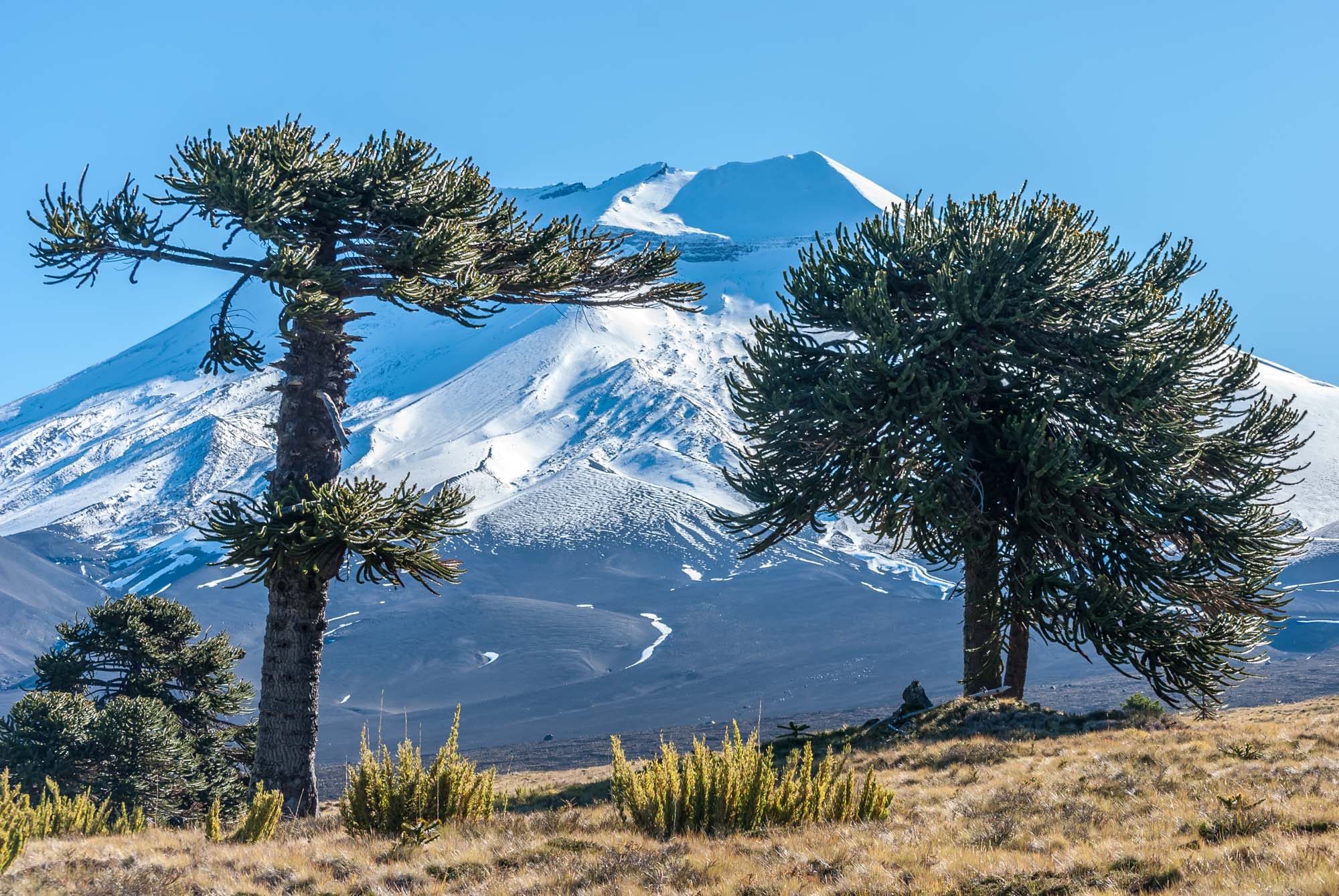Mining, conservation and socio-environmental conflicts
Per definition, mining is not sustainable because mineral deposits are being removed and are thus not available any longer. Therefore, sustainability in mining refers either to business sustainability or to sustainable development albeit both aspects are intrinsically interwoven. Using Chile, where mining is highly important for the economy, as an example, we shed light on the emerging discrepancy between the increasing efforts to reduce the environmental footprint and to better include socio-environmental aspects in mining policies and procedures on the one hand, and the rising number of social conflicts on the other hand
- Funk, S.M., Rusowsky Fuenzalida, D., 2014. Mining in isolated areas: Establishing bridges for the development of socio-environmental management, in: Proceedings 3rd International Seminar on Environmental Issues in Mining (Winchester, S, Valenzuela, F, Mulligan, D., Eds.). gecamin ltda, Santiago, Chile, pp. 457–466.
Abstract
The appreciation of economic values of socio-ecological issues and the identification of business risks and opportunities by integrating these issues into company operations is a major change of how we understand and conduct business. This change was marked by the TEEB (The Economics of Ecosystems and Biodiversity) report, launched in 2010. Since, an extensive toolbox has been developed how to measure the economic value of ecosystem services, and extends to broader aspects, both ecological and cultural.
The mining industry has been exposed to high financial and reputational costs in locations that are environmentally or socially vulnerable and where socio-ecological problems have arisen. Taking care of local people and biodiversity, and the value of it, should not only be a legal obligation, it must be understood as vital component for the medium- and long-term success of the industry. Thus, mining has integrated many tools for environmental management, the emphasis is put into preventing and compensating immediate environmental impacts, and restoration practices. Notwithstanding the importance of these recommendable actions, a sustainable approach requires supplementary tools for community participation and integrated system for the conservation of ecosystem services.
Andean mining activities are concentrated in isolated, mainly arid and semiarid areas, which are characterized by low human population density and low plant net production. It is often assumed that, therefore, the environmental and social vulnerability is relatively low. Yet, the physical and social isolation has produced some of the world’s most valuable biological and cultural diversity. Indigenous communities value this deeply. We review and summarize the emerging evidence on the global importance of these areas for nature and cultural heritage, and highlight strategies how mining can improve their total ecological footprint, how to better interact with local communities and how to draw opportunities that will change the focus from mitigation to prevention.

